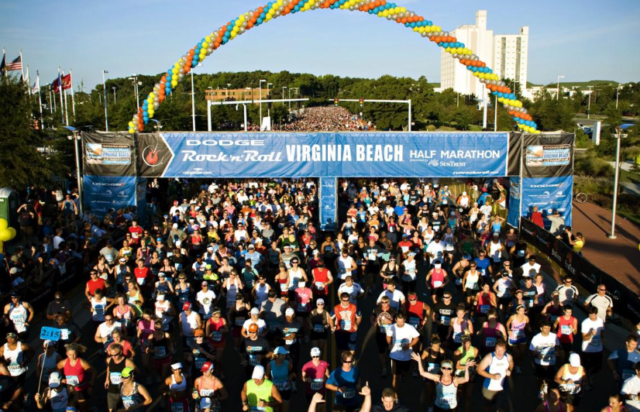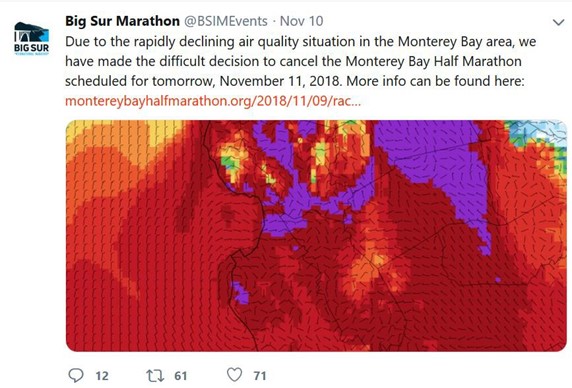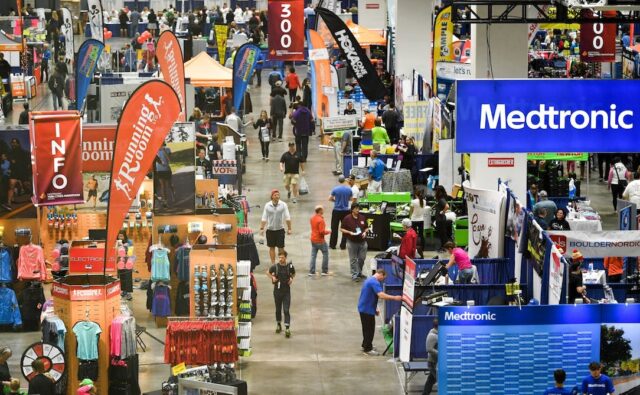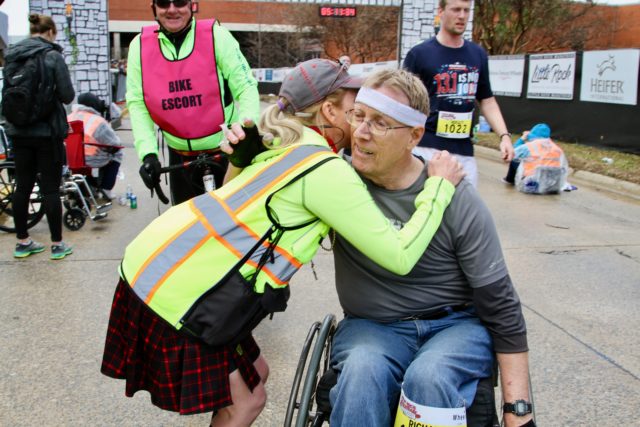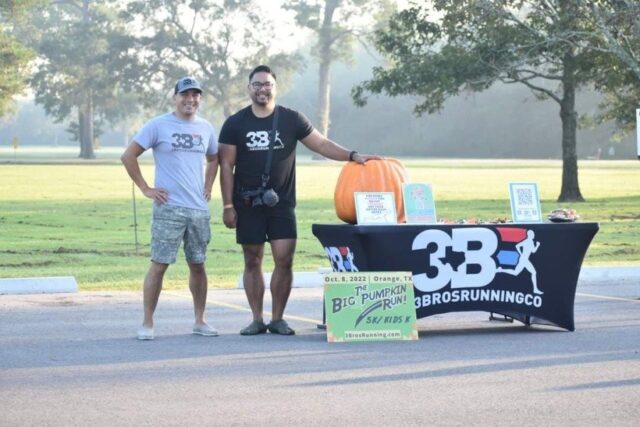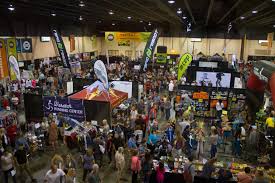How to Efficiently Staff a Small Event
When William Fermo started putting on two small races in Texas with his brother and a friend, they did absolutely everything themselves—except DJ the post-finish line celebration. “It’s very busy,” said Fermo.
Now, as the 3 Bros Running Company is starting to grow their 5K and 10K events, they’ve learned what jobs they absolutely need to do themselves and what they can delegate. “If you can hand things off [to volunteer leaders], it makes it a lot easier,” he said.
When you’re putting on small race with just a few hundred runners, it can be tempting to do everything yourself. It saves money and saves complications. But it can also get out of hand quickly, as your car fills up with cones and you’re running around from aid station to check-in. While smaller races might not have the same logistics and employment challenges as big events, you still want to think of staffing your race as a pyramid, with the most important roles at the top filled by you (as race director) or by your key people. Hire contractors or part-time staff and delegate for the next level of work, and then flesh out the bulk of the event with volunteers.
Where to use staff
“The key things need to have experienced people,” said Meredith Shelton, the staffing manager at Race Day Events, which both puts on their own races in Wisconsin and is also hired by other race organizers to run various parts of race event operations.
What she means is you need people who know what they’re doing and are empowered—whether that’s you, your co-race-director, or a very trusted helper—at the top-level of things. This typically can be divided into three general categories, with a staff person heading up each section: registration, the course, and the finish/post-finish.
While you can use volunteers to help with packet pick-up, you (as RD) or someone you hire needs to set up registration. "Have someone in charge of it from start to finish,” said Shelton, and have someone who knows what they’re doing managing check-in.
Next, it’s key to have someone experienced plotting out and marking the course, especially any turns or splits or if there are multiple distance. Making sure that runners know where they’re going without having to think about it is probably the most important part of putting on a running race. (And if you use a lead volunteer or part-time staff to put out cones or signs, said Shelton, make sure it’s someone who’s a runner, because they’ll know what to look for.)
And, then, while you can use volunteers heavily at the finish line and post-race festival, you again want someone to manage that area.
Where to use contractors
Contractors or part-time help are best for jobs that are distinct and self-defined, or can be paid hourly, and that are important enough you don’t necessarily want to hand them off to volunteers. This includes things like: timing, equipment rental and set-up, transportation (for example, if you need buses), or potentially medical services and EMS.
This is also where you may be able to save money. Timing, for example, said Shelton, can be more or less complicated depending on how big your event is.
Additionally, the less you impact traffic or have to shut down roads, then the less you’re going to be required to have police or traffic control and the less equipment you’ll need to rent. You’ll likely want to rent (instead of buy) equipment, if you’re putting on a small race or it’s your first one. Ellen Larson of In Motion Events, for example, hires a company that manages the buses and transportation for their point-to-point race—but you can avoid that by keeping your race course simple.
There will also likely be requirements from the city or government agency for you to provide medical or EMS services, depending on how big your event is. “You may be able to work with local EMS and local first-responders,” said Shelton. Reach out to them, even if you don’t need to, because they usually want to know what’s going on in the community, but also because they might then come out. While they’ll charge for dedicated EMS services—if, for example, you needed paramedics or an ambulance stationed for the whole event—but if it’s more of a casual, then they might just come out for a little bit to build relationships in the community. (Just know, if that’s the case, then they’ll have to leave if they get a call.)
And, of course, if you’re going to have a DJ or entertainment, then that’s probably someone you’re going to hire. Unless you want to play music yourself.
Where to use volunteers
Volunteers are great for filling out roles where you simply need extra people, but there’s someone to oversee them (either a contractor, staff person, or even a key volunteer leader who’s been more involved). These are jobs like: course marshal (standing at intersections to point the right way), aid stations, helping with packet pickup, and handing out medals or food at the finish line and post-race area.
“If it’s a role where you’re cheering people on and it’s touchy-feeling, that’s where we use volunteers,” Shelton said. Grunt work? That’s a staff job. “You got to pay people to lift heavy things and be there early.”
Larson will use volunteers for almost all the race weekend roles across registration, aid stations, and the finish line—as long as there’s someone to oversee them. They’ll also rely on local running or volunteers groups or on high school clubs (National Honor Society, for example) or teams to volunteer for a whole section. That way it’s easier to manage the group, than to manage 30 different individuals.
The biggest problem with volunteers, everyone said, is that you don’t know who’s not going to show up—and some people will definitely not show up at the last minute. Plan extra volunteers into your schedule. “You’d rather have too many and have to figure out where to put them,” said Fermo.
Where do you find people to staff your race?
“Start by calling us,” joked Shelton. She’s kidding, but there are event services companies all over. You can search in your region for timing companies and race day services. You can also talk to other race organizers. And go to your local running store, and ask them.
“Every time I do a race, it’s market research,” said Fermo.
Relationships with civic organizations (Lions Club, Rotary) can be helpful, said Shelton. First off, they’ll likely let you come and present about your event at their meeting and then they may want to help out. This is where you can ask them to volunteer or, she said, if they, for example, run a brat stand at the local high school games, then ask them to run one at your race. You can also get donations from local grocery stores, even large chains will likely have a donations manager
While there are employment rules about contractors and volunteers, the easiest way to deal with that is if you’re running a nonprofit organization.
For all new races, though, you want to start with your local government agency. Ask what you need to do and when do you need to do it by? Even if you think you’re just using a park and the bathroom facilities there, you probably need a permit. And the city or county can also, likely, point you in the direction of what emergency services and traffic control you’ll need.
“Don’t make assumptions about where you can have a bunch of people running around,” said Shelton.

